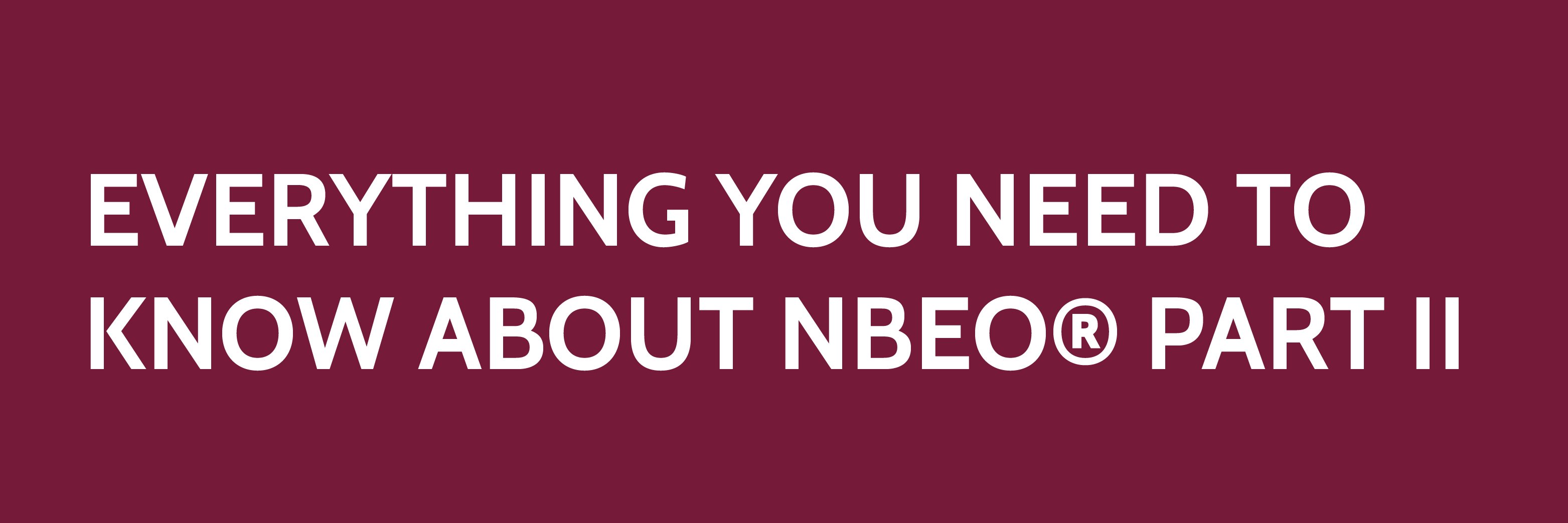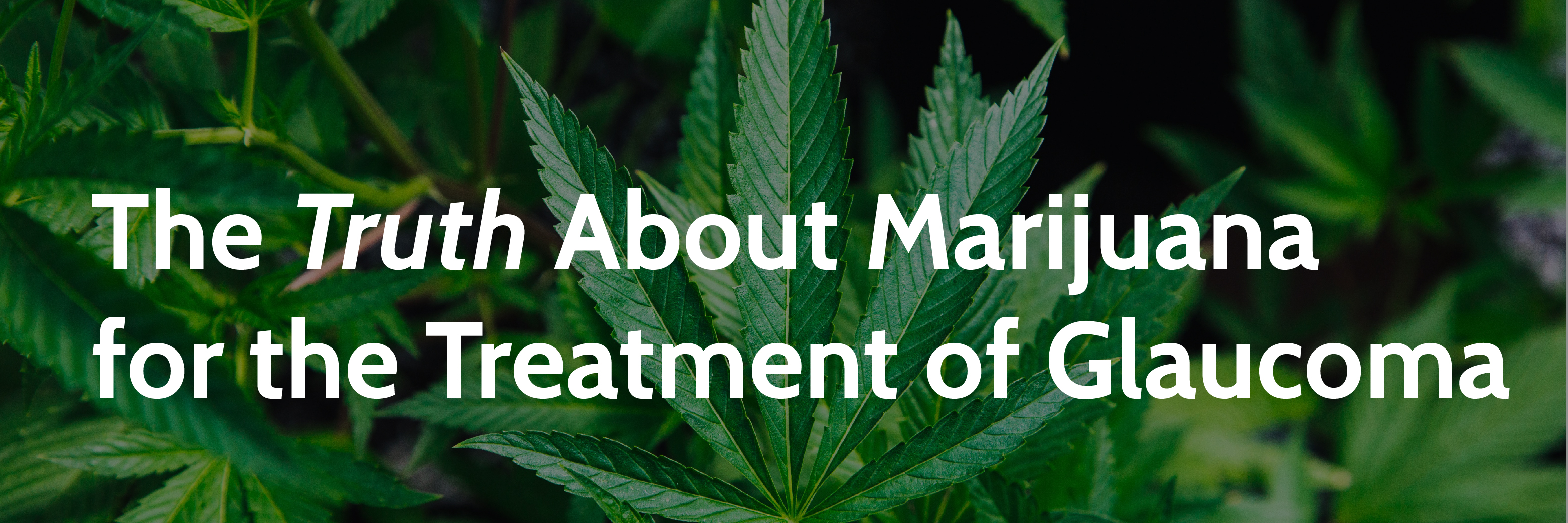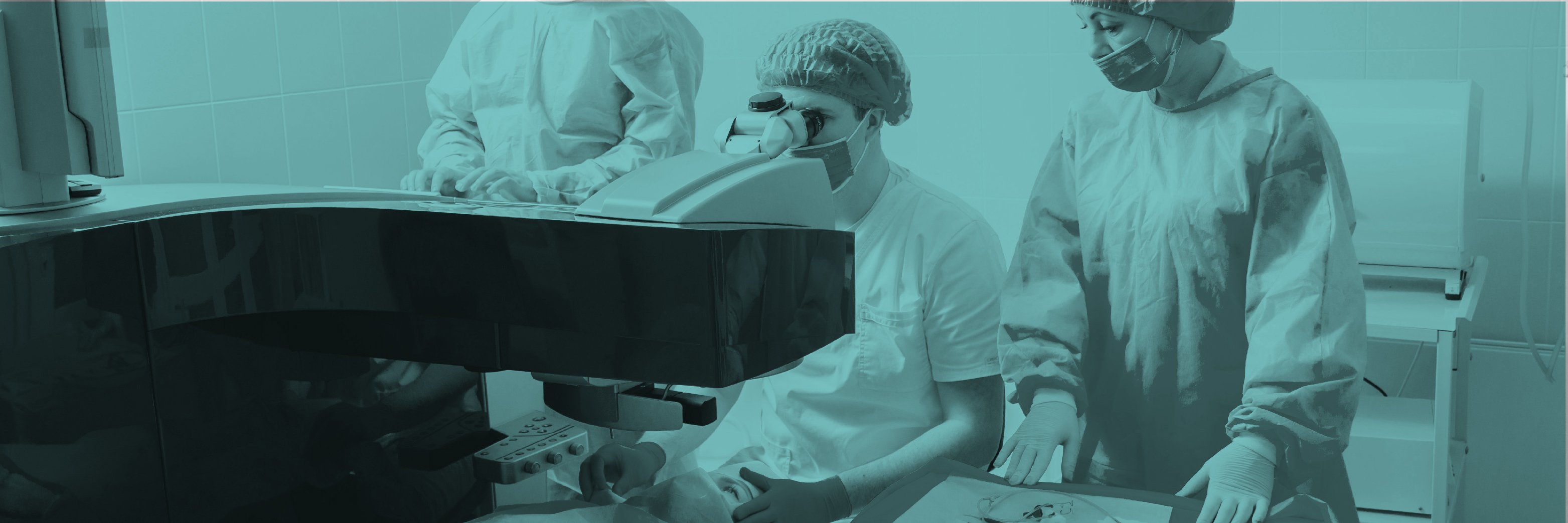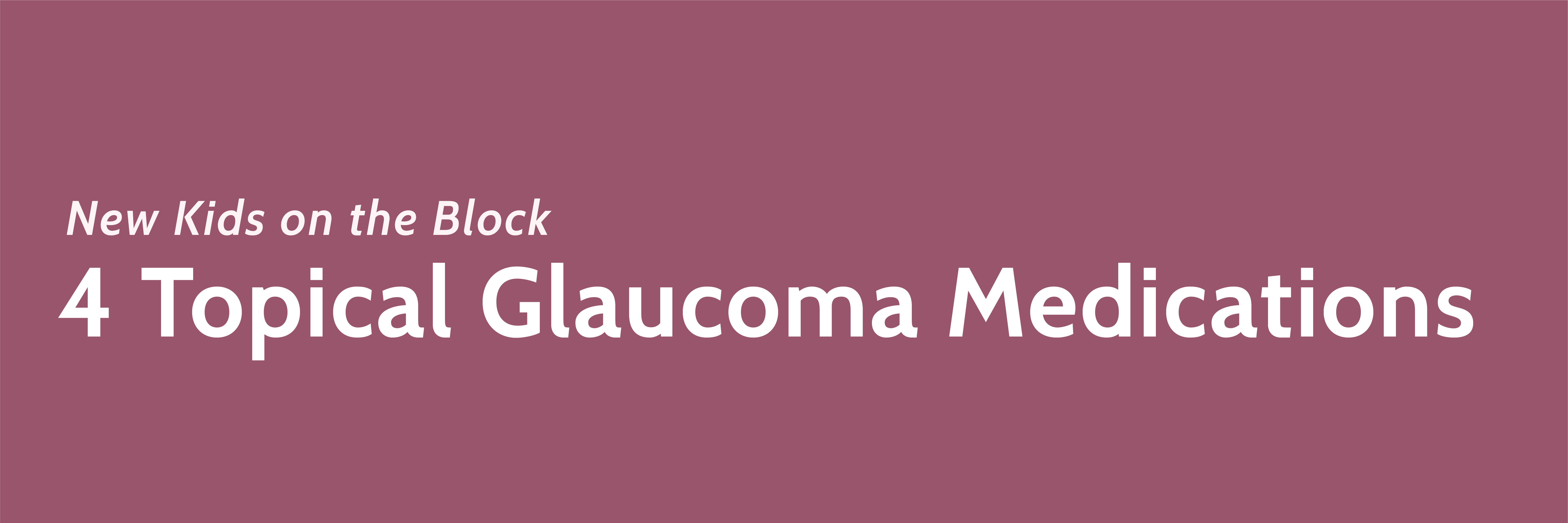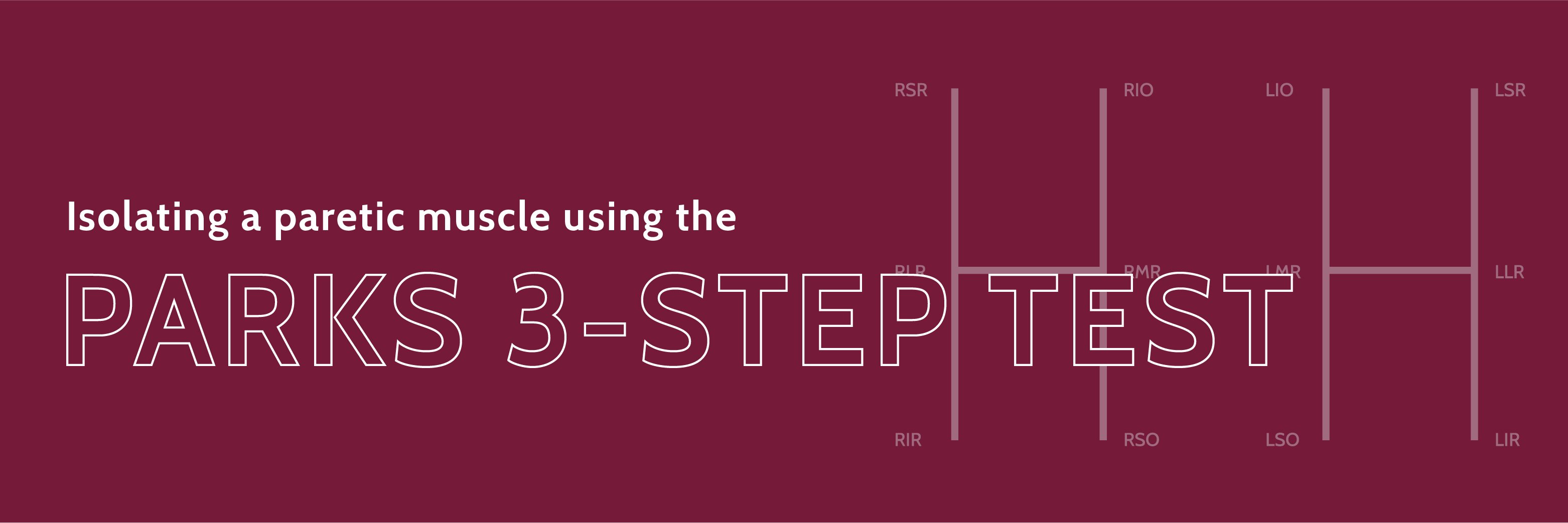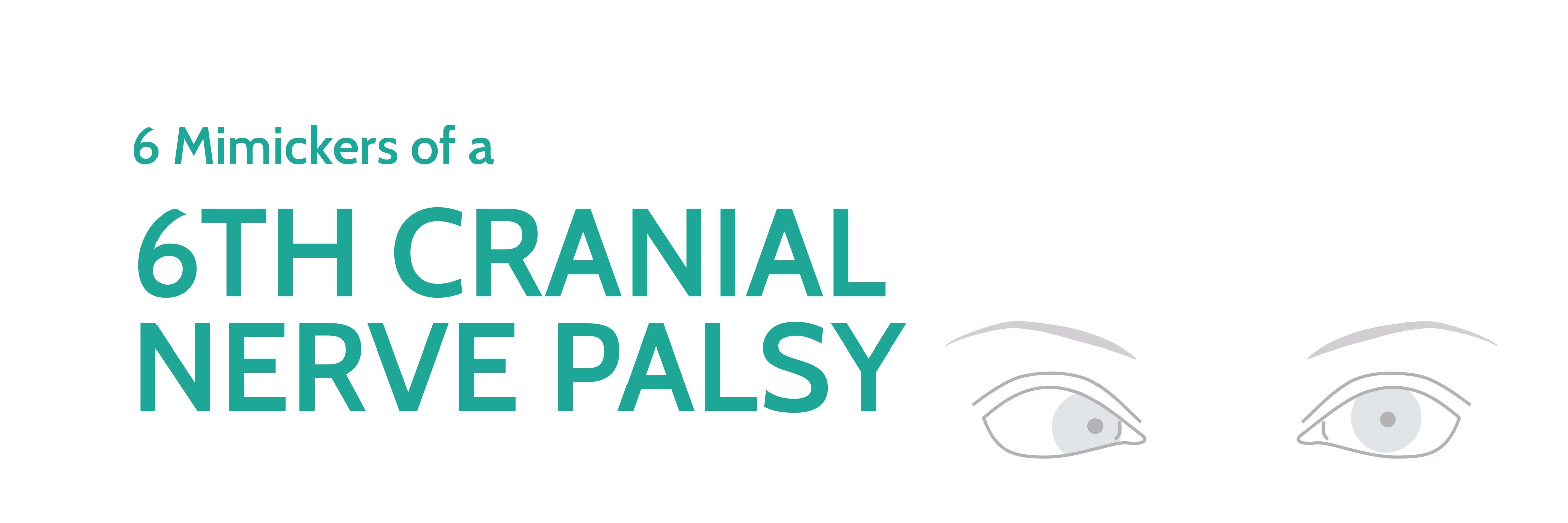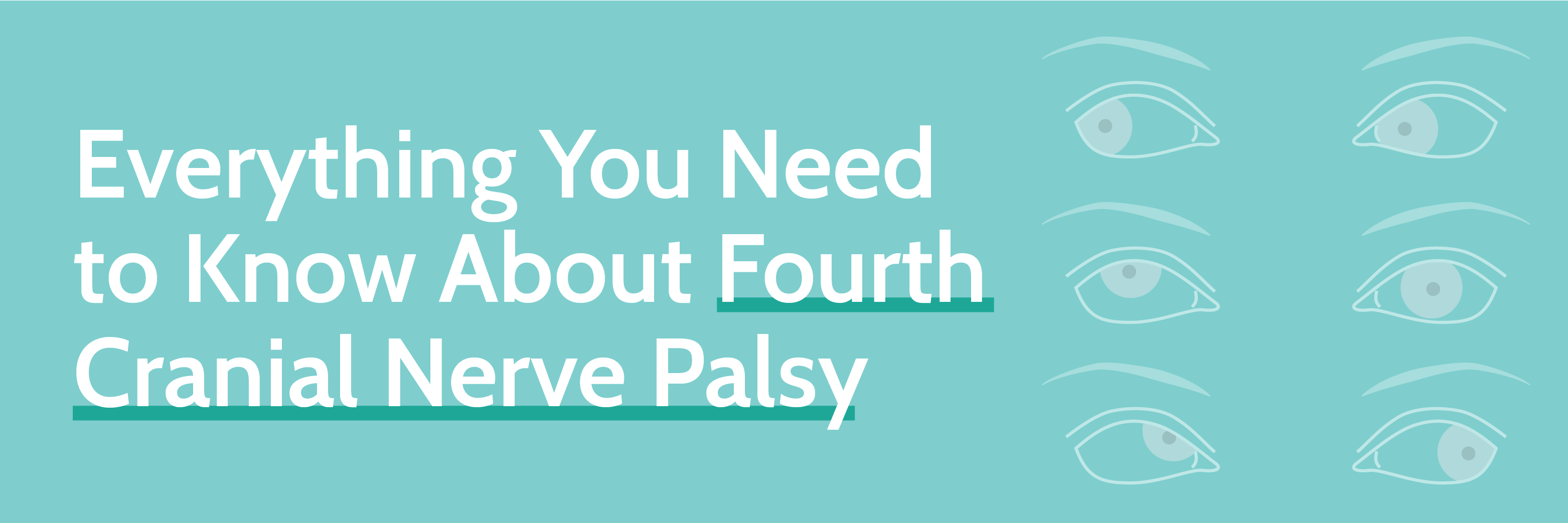
As you enter the final stretch of optometry school, many of you are likely weighing the pros and cons of applying for a residency program. Determining whether to spend an extra year of your life on more training is a huge decision and will probably be one of the most important ones you make in your optometric career. Here are the dates for 2020 you should know!


